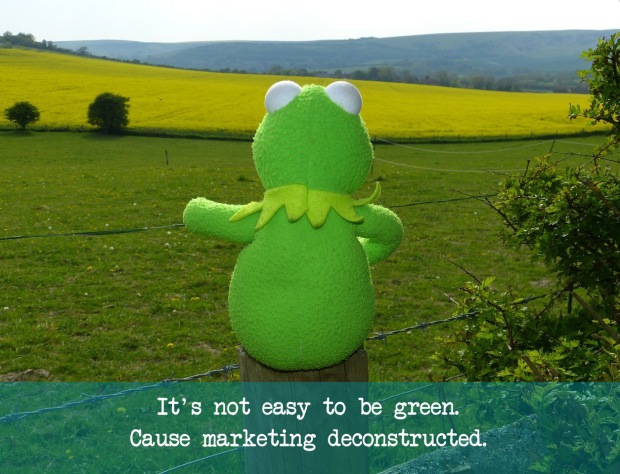 It’s not easy to be green, or, for that matter, pink, purple, blue or red. These colors represent leading causes consumers care about: the environment, breast cancer, domestic violence, diabetes and heart disease; causes marketed by for-profit and nonprofit organizations alike. Hence, the term Cause Marketing, aligning business and nonprofit efforts for mutual benefit. Cause marketing is good business and for good reason. According to the 2013 Cone Communications Social Impact Study, nearly all U.S. consumers say that when a company supports a cause, they have a more positive image of the company. Cause marketing is a strategy and requires a thoughtful approach, plan, budget, tactics, monitoring and evaluation. It is more than donning a ribbon or making a donation. It’s about setting realistic goals, objectives and expectations, generating a return on investment and delivering meaningful value to internal and external stakeholders. Too many businesses get cause marketing all wrong. Here’s how your small business can get it right.
It’s not easy to be green, or, for that matter, pink, purple, blue or red. These colors represent leading causes consumers care about: the environment, breast cancer, domestic violence, diabetes and heart disease; causes marketed by for-profit and nonprofit organizations alike. Hence, the term Cause Marketing, aligning business and nonprofit efforts for mutual benefit. Cause marketing is good business and for good reason. According to the 2013 Cone Communications Social Impact Study, nearly all U.S. consumers say that when a company supports a cause, they have a more positive image of the company. Cause marketing is a strategy and requires a thoughtful approach, plan, budget, tactics, monitoring and evaluation. It is more than donning a ribbon or making a donation. It’s about setting realistic goals, objectives and expectations, generating a return on investment and delivering meaningful value to internal and external stakeholders. Too many businesses get cause marketing all wrong. Here’s how your small business can get it right.
In 3 Keys to Authentic Cause Marketing, Benjamin Wald suggests the following:
- Seek Resonance with Consumers. Often, companies are tempted to try to align themselves with the cause that appeals to the most people, without attempting to find any real resonance with their particular consumers, brand or products. In this situation companies are playing the wrong numbers game.
- Create Alignment with Your Core Business. The social mission you choose has to be aligned with your companies’ solution to the need in the market you address.
- Partner. Donating products or profits isn’t a bad start, but it’s not enough. What sort of world could we create if more businesses were to partner with social entrepreneurs-;the experts in blending profits with purpose?
In 4 Things Cause Marketing Can’t Do (and What your Campaign Should), Alan Robinson’s suggestions resonate loud and clear for small businesses. Two in particular:
- Support your overall marketing efforts with cause marketing tactics, fueled by your predeveloped consumer base. Integrating cause marketing into a general marketing strategy means keeping each strategy distinct, but codependent. Long-term cause-minded companies continue to promote their products and services while communicating their commitment to social and environmental sustainability, using the gains from one campaign to perpetually boost the other.
- Demonstrate authenticity. …Be transparent with your audience about how you give back, and you’ll garner more backers willing to support your cause, and your brand.
In Common Cause Marketing Mistakes, Joe Waters and Joanna Macdonald have these words of caution:
- Companies that fail to choose the right nonprofit for their cause marketing campaign run the risk of building their program on a weak foundation.
- While cause marketing certainly has a philanthropic objective, giving is not its primary focus. Companies engage in cause marketing to enhance their favorability with existing and potential customers. If their goals were strictly philanthropic, they could donate the money to causes and be done with it.
Is cause marketing a strategy you find effective for your small business? Feel free to share your thoughts in the comments section of this post. In the meantime, we could not resist this ode to green from a favorite frog.
For daily marketing communications news, subscribe to LGK’s free, online, MarCom Digest.